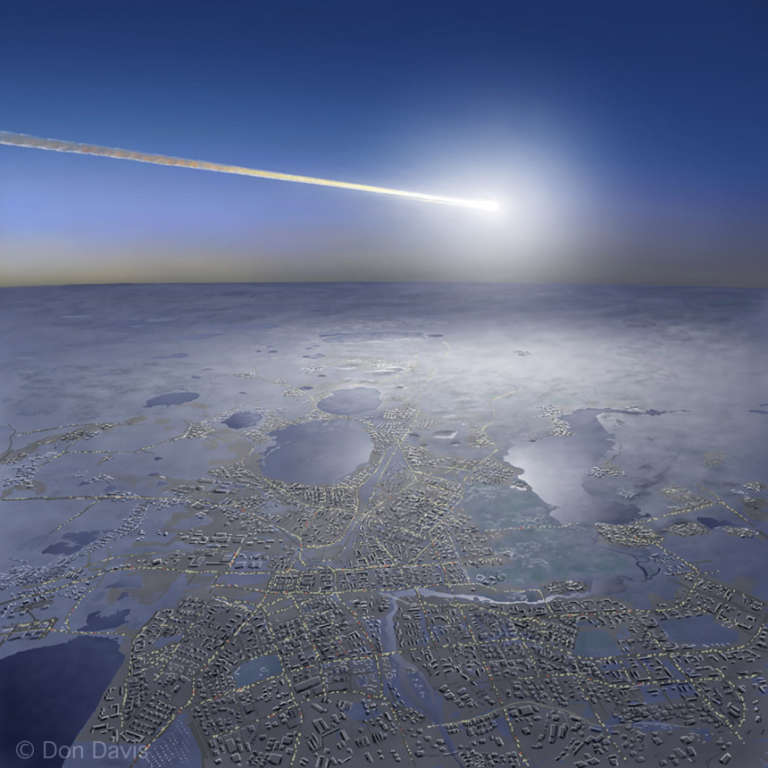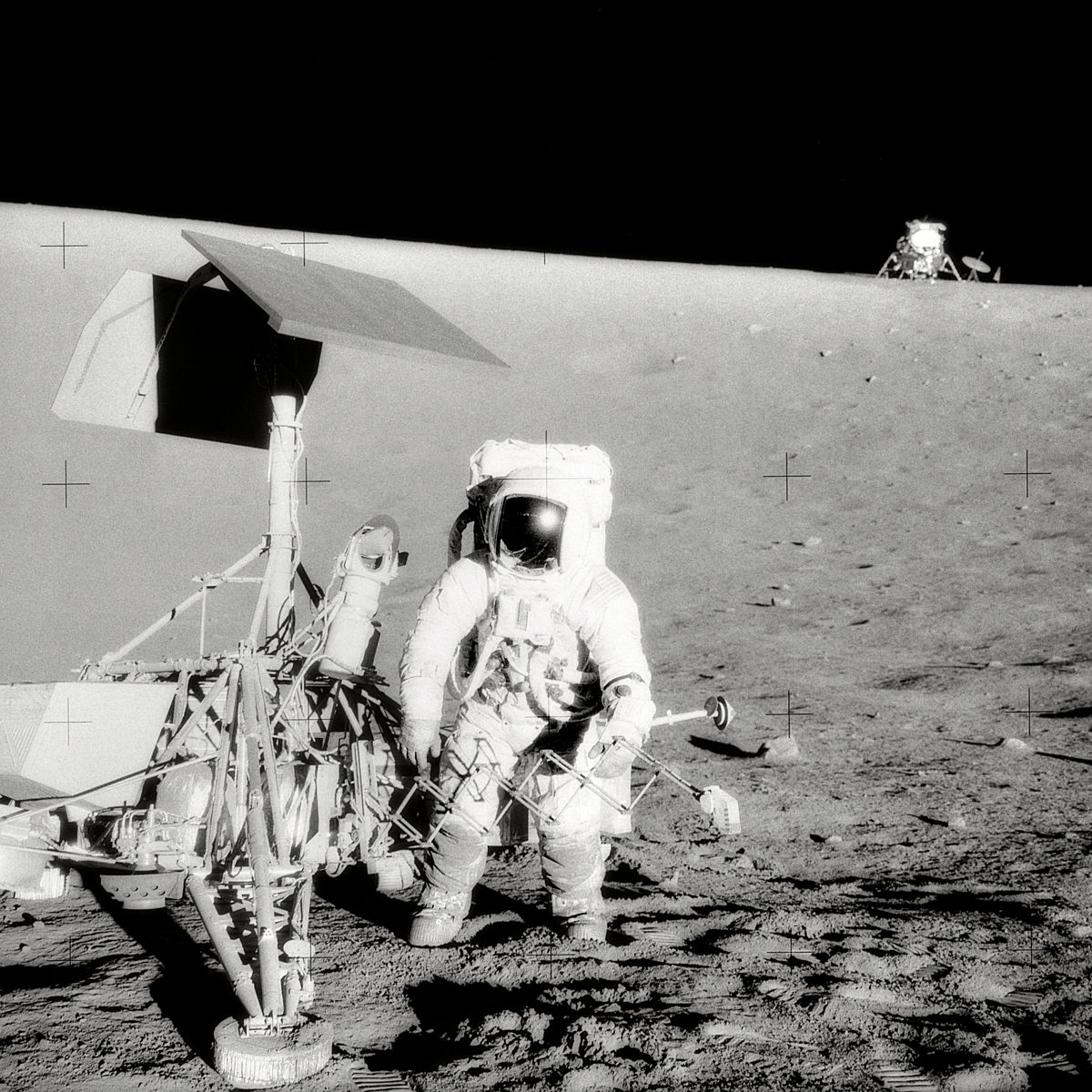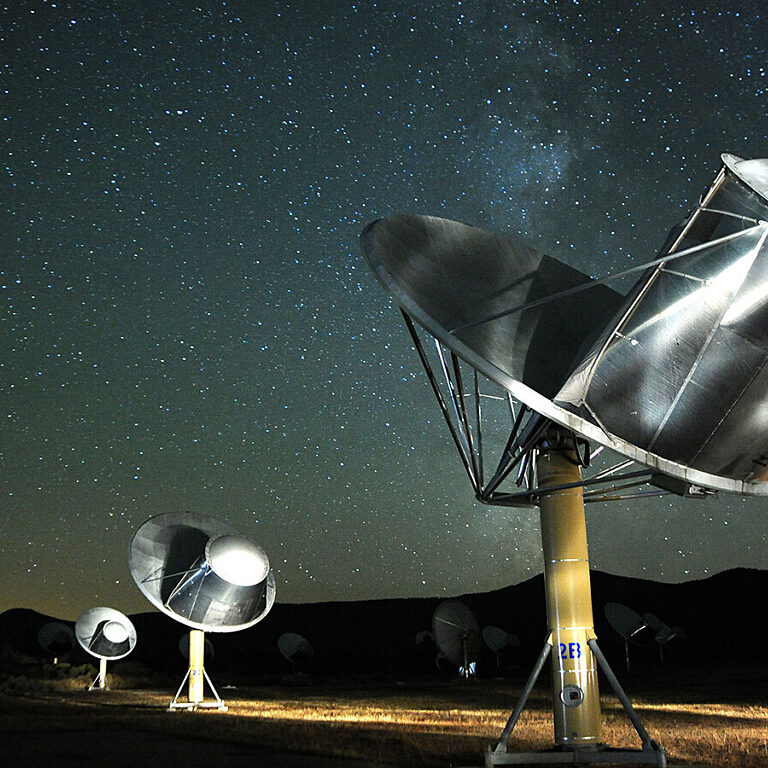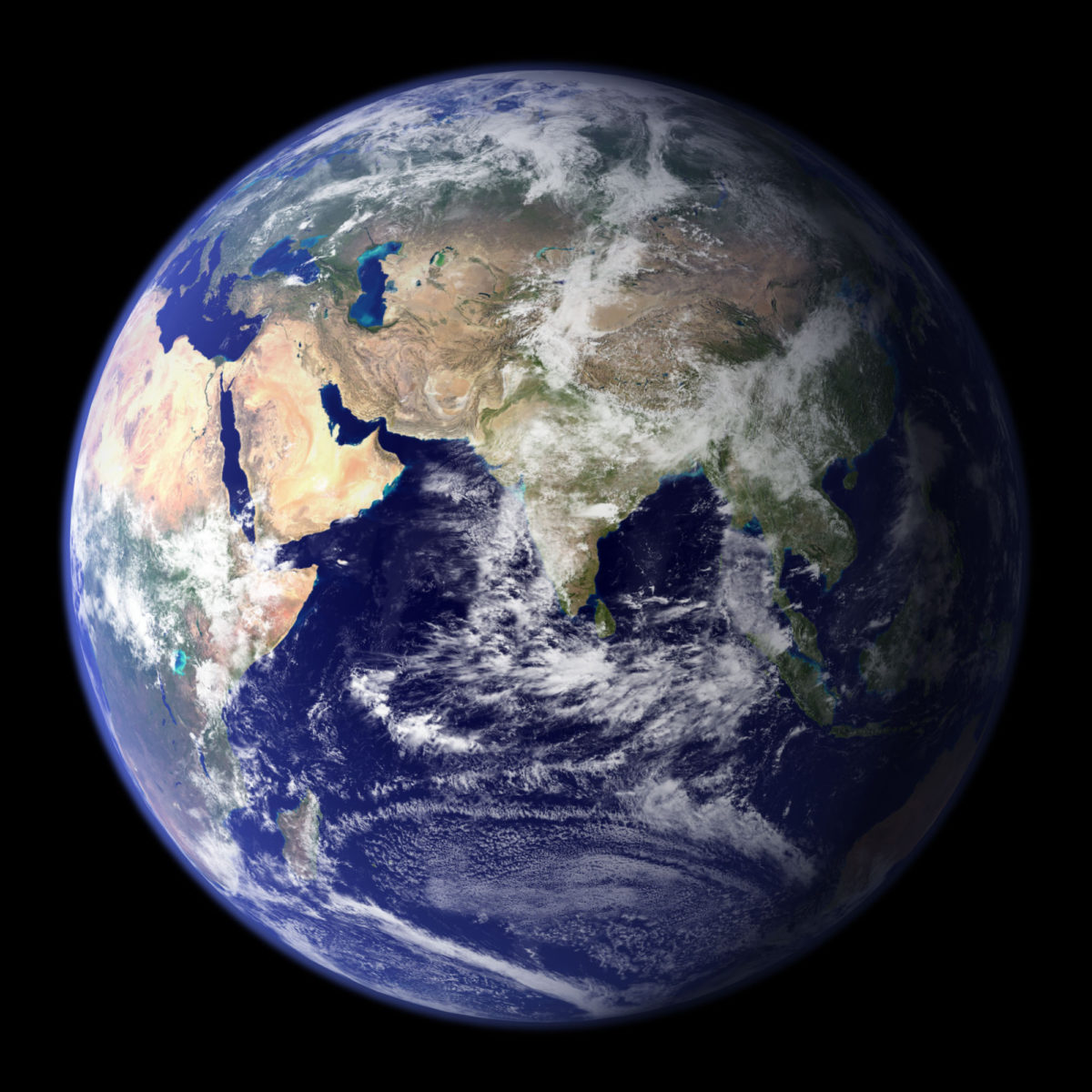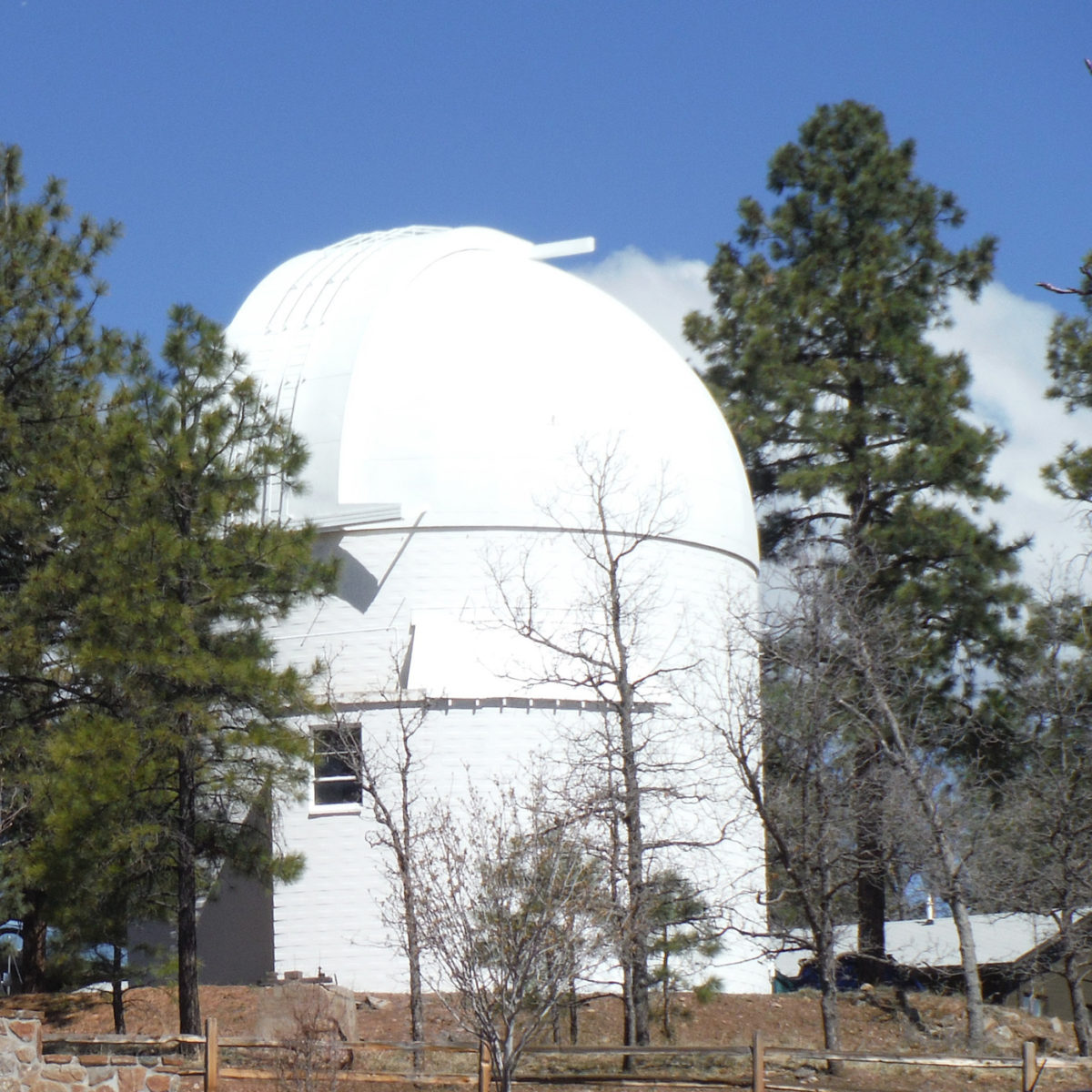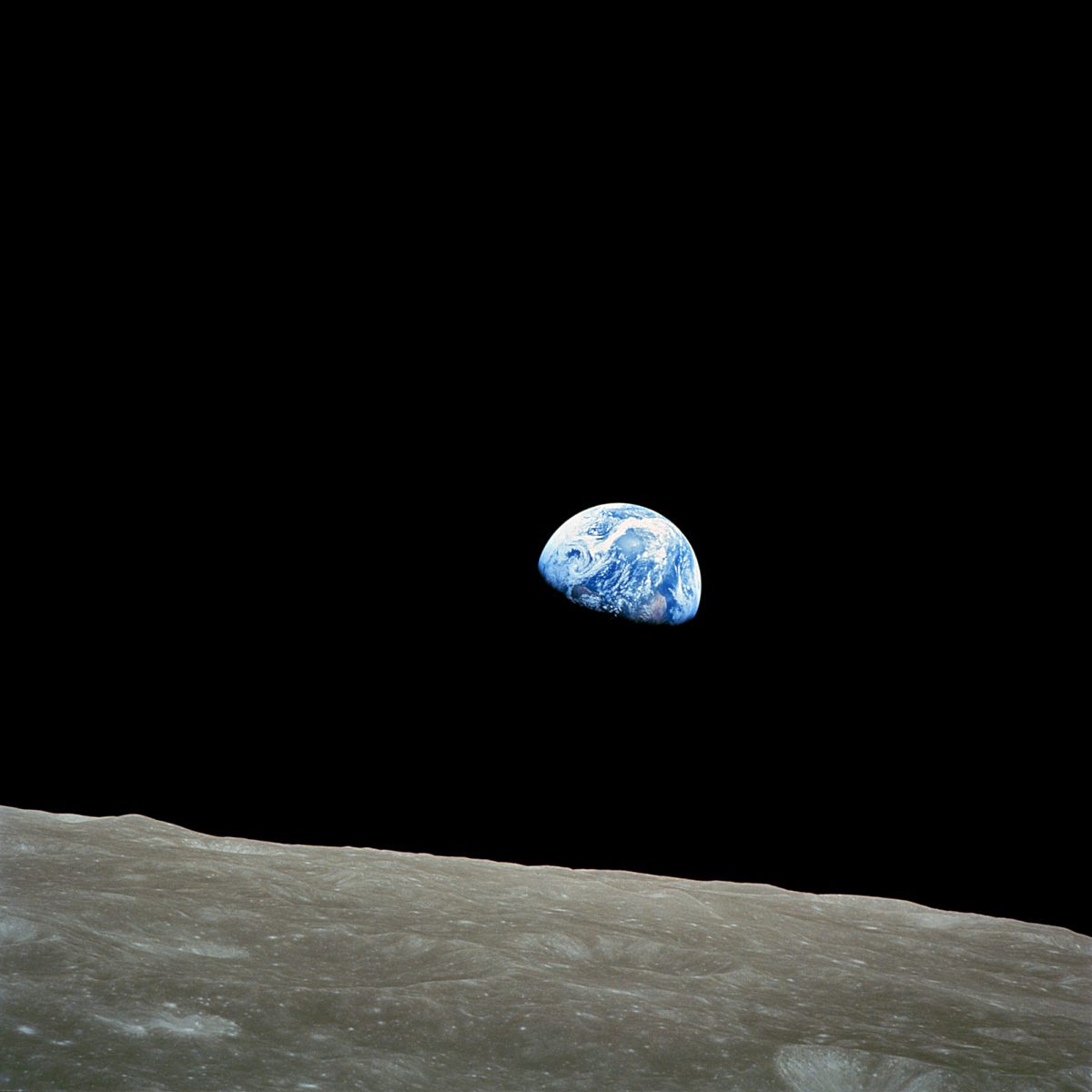All
All
Stories, updates, insights, and original analysis from The Planetary Society.
Dive deep into the history of planetary exploration funding
This unique, comprehensive dataset includes the full budget history, by year, of every NASA planetary science mission and related activities.
Creating A Movement for Space
A look back at The Planetary Society's founding documents and the origins of the organization.
Tourism: Apollo's Forgotten Legacy
Americans were deeply divided over the value of the Apollo program. One member of Congress had a radical idea: open Kennedy Space Center to the public.
How NASA's Planetary Defense Budget Grew By More Than 4000% in 10 years
NASA used to spend more on travel for its employees at headquarters than it did on finding dangerous near-Earth asteroids. Now it’s building asteroid-hunting space telescopes. What changed?
Reconstructing the Cost of the One Giant Leap
How much did Project Apollo cost? Planetary Society experts answered that question by revisiting primary sources and reconstructing Apollo's entire cost history from 1960 - 1973.
What Can We Learn from a Failed Return to the Moon?
Thirty years ago, President George H.W. Bush announced an ambitious program to return humans to the Moon. It failed. Today the Trump Administration wants the same thing. Can a failed lunar return effort help this one succeed?
NASA Then & Now
A collection of before and after slider images showing how views of planets in our solar system have changed over the years since NASA was created.
Generation Zero of JPL Planetary Rovers
The Jet Propulsion Laboratory has a fabled history of planetary rovers. But how do you start such a program?
Fire at ISRO's Space Application Centre
Two weeks ago, Indian media reported a fire at the Space Application Centre (SAC) of ISRO in the city of Ahmedabad, Gujarat. Although it was a big fire, it was in an isolated building and no spacecraft was damaged.
How far they'll go: Moana shows the power of Polynesian celestial navigation
The Polynesian peoples' astronomical knowledge helped them colonize the vast Pacific Ocean.
American R&D Policy and the Push for Small Planetary Missions at NASA
Planetary Society Policy Adviser Jason Callahan summarizes his paper he presented at the 2017 International Astronautical Congress in Australia, where he examined NASA's low-cost Discovery program and how federal policies directed at higher education initially bolstered planetary science into a viable field.
Doing SETI Better by Understanding Ourselves
One of the reasons SETI is hard is that we don’t know exactly what we are looking for, and part of that difficulty is that we still aren’t sure of who we are. An astronomer and an anthropologist team up to explore how cultural myopia shape what we can find in the cosmos.
Voyager 40th Anniversary: Summer of '79
Planetary scientist Paul Schenk shares his story of working on the Voyager missions as a JPL intern back in 1979.
Five Earth Years on Mars
Five (Earth) years ago today, the Mars Science Laboratory Curiosity landed in a dramatic fashion on the surface of the Red Planet. We look back at a mission that advanced humanity's understanding of Mars and provided a priceless return on a modest investment.
Extraterrestrial culture: How we express ourselves through space exploration
Planetary Performance scholar Felipe Cervera brings a perspective on
On Cosmic Discovery and Human Significance
Jake Rosenthal takes us on a tour of the history of discovery of our place in the cosmos.
Connecting with Carl Sagan at the Library of Congress
Whether you explore The Seth MacFarlane Collection of the Carl Sagan and Ann Druyan Archive online or at the Library of Congress during a visit to Washington, D.C., you’ll learn something new and have a deeper understanding of Carl Sagan.
Lunar Farside Landing Plans
Phil Stooke describes a research trip to the Regional Planetary Image Facility at the USGS in Flagstaff, where he discovered Jack Schmitt's proposed plans for a farside landing site for Apollo 17.
Space Exploration: Leaving the Earth to Understand It
Looking back at Earth from beyond helps to give perspective on our place in the cosmos.
New lunar mosaics emerge as Surveyor digitization project continues
A team of scientists at the University of Arizona continue their efforts to extract data from more than 90,000 images captured during NASA's Surveyor program. In the meantime, new first-look images and an animation have been released.


 Explore Worlds
Explore Worlds Find Life
Find Life Defend Earth
Defend Earth


 Sun
Sun Mercury
Mercury Venus
Venus Earth
Earth Mars
Mars Jupiter
Jupiter Saturn
Saturn Uranus
Uranus Neptune
Neptune Small Bodies
Small Bodies


